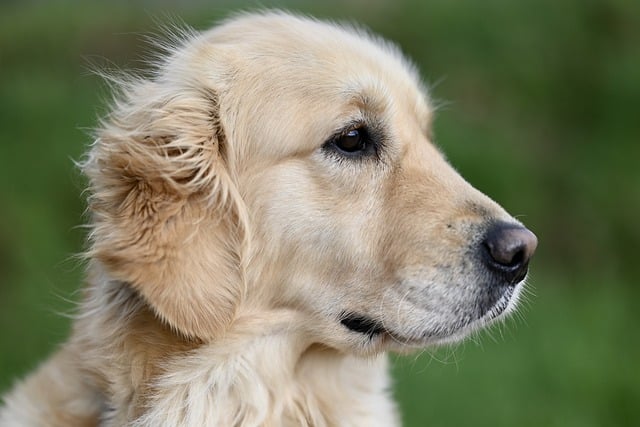
Should dogs be given paw pads and protective covers
Should dogs wear paw protectors? If you’ve ever stood in the Arizona sun, watching your boxer “Rocky” lift his paws off the asphalt like he’s stepping on a hot griddle
German Shepherd’s frame—muscular, agile, built for work—needs fuel that matches their energy. Those big paws and boundless stamina don’t run on just any kibble. Start with protein: their diet should lean heavy on quality sources like chicken, lamb, or fish. Think of it as building blocks for those strong legs that carry them through hikes in the Scottish Highlands or play sessions in a Midwest backyard.
Puppies grow fast, so their meals need extra calories and nutrients to support bones and joints. Aim for 3-4 small portions a day until they hit 6 months, then scale back to 2-3. Adult Shepherds thrive on two meals daily, but avoid free-feeding—this breed can pack on weight quickly, which strains hips and elbows, common trouble spots. A measured cup in the morning and evening keeps their metabolism steady.
Watch for ingredients that don’t agree with them. Many Shepherds have sensitive stomachs, so skip fillers like corn or artificial preservatives. If you notice loose stools or excessive itching after a new food, switch to a limited-ingredient formula. Some owners swear by raw diets, but check local laws—places like Switzerland require raw meat to meet strict safety standards to prevent bacterial risks.
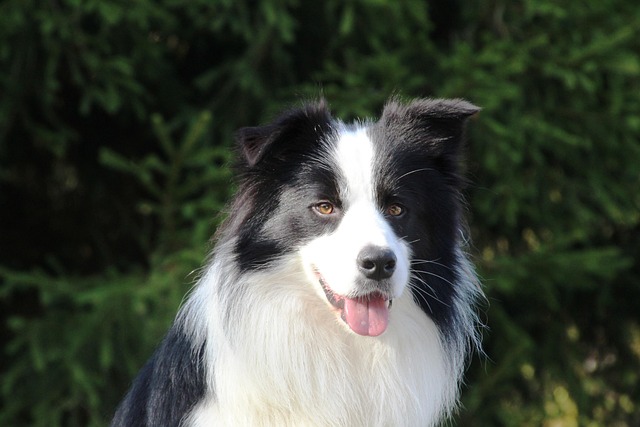 Treats are fine, but moderation matters. A training session with tiny pieces of boiled chicken works better than a handful of store-bought biscuits. Overdoing it leads to obesity, which can disqualify them from working roles like service dogs or search-and-rescue teams—roles many Shepherds excel at. Also, avoid toxic foods: grapes, onions, and chocolate are dangerous, and in some regions, leaving these within a dog’s reach could violate animal welfare codes.
Treats are fine, but moderation matters. A training session with tiny pieces of boiled chicken works better than a handful of store-bought biscuits. Overdoing it leads to obesity, which can disqualify them from working roles like service dogs or search-and-rescue teams—roles many Shepherds excel at. Also, avoid toxic foods: grapes, onions, and chocolate are dangerous, and in some regions, leaving these within a dog’s reach could violate animal welfare codes.
Fresh water should always be available, especially after exercise. Dehydration hits active breeds hard, and in warmer climates like Spain or Arizona, a dry bowl might land you in hot water with local authorities who mandate basic care standards. If you’re unsure about portion sizes, ask your vet—they’ll tailor advice to your dog’s age, activity level, and health, which is smarter than guessing from a generic chart.
Feeding a German Shepherd isn’t just about filling a bowl; it’s about keeping them ready for whatever the day brings—whether that’s herding sheep in Wales or napping on the couch in Canada. With the right balance of protein, portion control, and common sense, you’ll help your Shepherd stay healthy, happy, and ready for adventure.

Should dogs wear paw protectors? If you’ve ever stood in the Arizona sun, watching your boxer “Rocky” lift his paws off the asphalt like he’s stepping on a hot griddle

Should I condition my dog’s paw pads? If you’ve ever watched your border collie “Jax” hesitate before stepping onto the frosty sidewalk, his paws lifting like he’s touching shards of glass
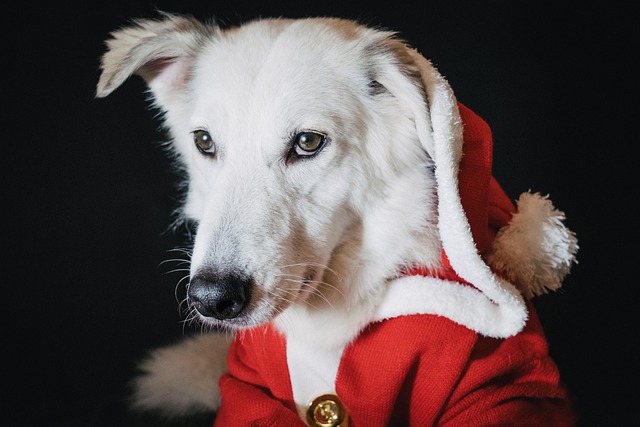
Trying to figure out your new puppy’s coat type is one of those little mysteries that pops up when you’re knee-deep in chew toys and late-night potty runs.

Should I condition my dog’s paw pads? If you’ve ever watched your border collie “Jax” hesitate before stepping onto the frosty sidewalk
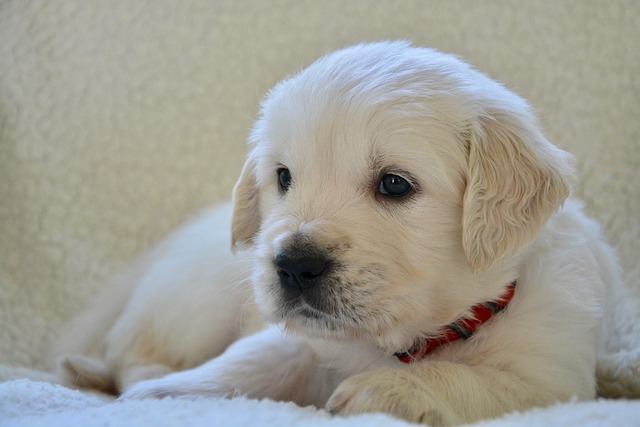
Picture this: You're giving your Golden Retriever a post-park bath in your cramped apartment bathroom, and their fur feels like straw after shampooing.
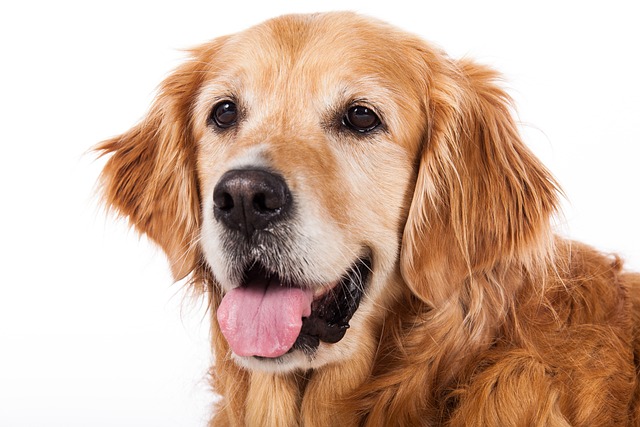
How do you know if your dog needs glands expressed? If you’ve ever caught your dachshund “Ollie” dragging his butt across the living room carpet like it’s a magic carpet ride